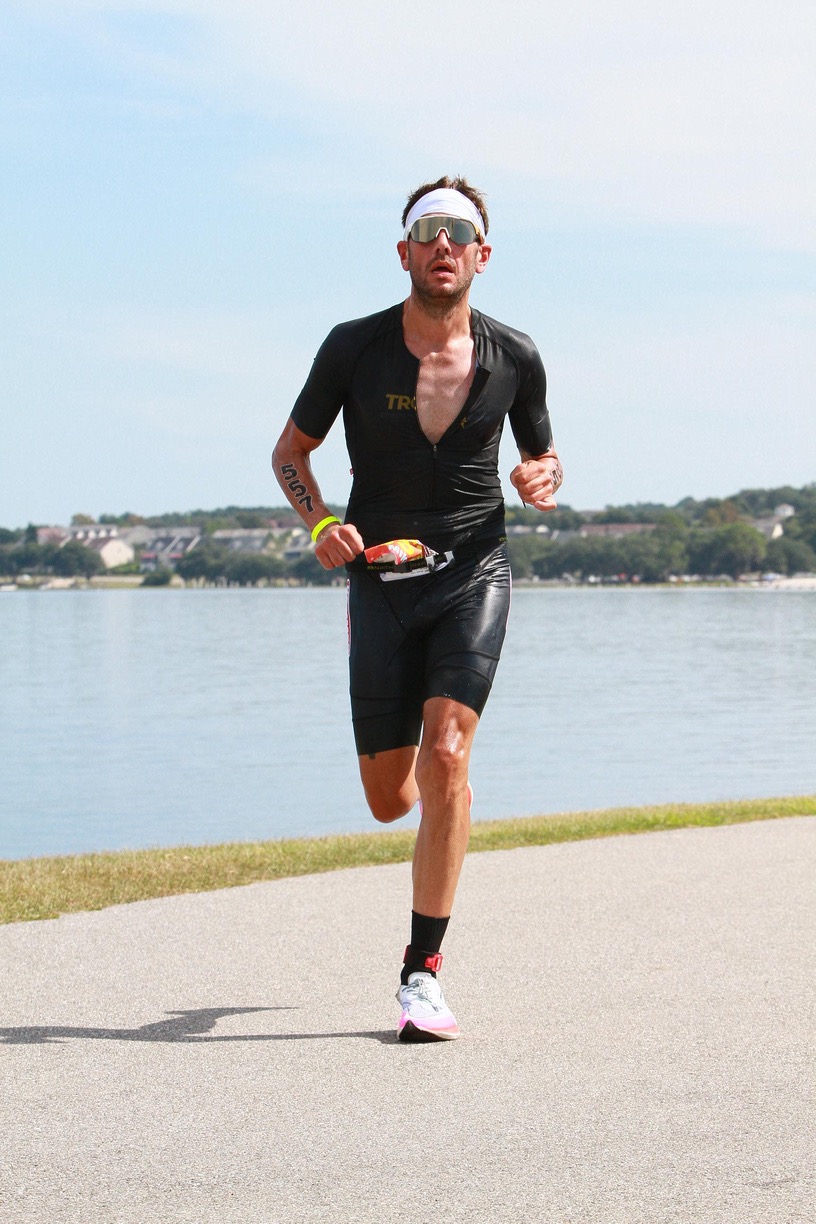My holistic Approach to Preparing Runners to Run Their Fastest Marathon
- Mike Mason
- Oct 13
- 4 min read
Running your fastest marathon isn’t just about logging miles, It's not about running slow to run fast, and it's not about 5 hour long runs. It is about building a complete, intelligent system around your physiology, mindset, movement, and fueling. Over years of coaching and competitive racing, I’ve learned that the fastest runners aren’t the ones who train the hardest, they’re the ones who train smartest with Coaching.
As a Coach and competitive endurance athlete, I take an individualized approach that combines data-driven training, biomechanical efficiency, and practical nutrition strategy to help runners perform at their best on race day.
⸻
1. Build from Your Physiology, Not a Template
Every runner brings a different engine to the table. Some have strong aerobic bases, others excel at speed or strength. My process begins with understanding where you are, through establishing training data and monitoring trends, gait analysis, and threshold testing.
From there, I design training that matches your physiology, whether that means developing your aerobic threshold, improving your lactate clearance, or increasing fatigue resistance. The goal is to identify your limiters and strengths to make your specific strengths stronger and your limiters less limiting. Notice I did not say weaknesses.
⸻
2. The Right Stress at the Right Time
Marathon success, really training for any endurance event, is about precise stress and adaptation. I use a mix of linear and non-linear periodization so that training blocks can adjust based on feedback, recovery, trends, and response. If fatigue is high, we shift within reason. If fitness is climbing, we build. I will note, this approach is advanced and not for everyone, but I believe it allows for limited plateauing and keeps training interesting. I will find how your body responds and plan accordingly.
Each phase has intent:
• Base Phase: Aerobic efficiency and form.
• Build Phase: Threshold and race-pace endurance.
• Peak Phase: Race-specific sharpening and fueling practice.
• Taper: Recovery, glycogen storage, and race readiness. These are usually short in my program. I believe in maintaining a fitness base that allows surging and flexibility when races are added or in multiple disciplines.
⸻
3. Nutrition: Train the Gut, Fuel the Engine
A strong training plan means absolutley nothing without proper fueling to support it. Many marathoners and endurance athletes, especially beginners, underfuel during training, then struggle with recovery and on race day. I focus on helping runners train the gut, practicing fuel intake during long runs so digestion and absorption are efficient on race day.
Key nutrition principles:
• Daily fueling: Prioritize carbs for performance (3–5g per lb body weight in heavy training weeks). Protein (0.7–0.8g per lb) supports recovery, while healthy fats and hydration balance your energy.
• Pre-run: 60–90g of carbs 2–3 hours before key sessions.
• During long runs: Start fueling early (30–40 minutes in), aiming for 60–90g of carbs per hour from gels, chews, or liquids.
• Post-run: Refuel within 30 minutes with a carb-to-protein ratio around 3:1.
We test and refine your nutrition strategy in training, so there are no surprises on race day.
⸻
4. Quality Over Quantity
Mileage matters, but only if it’s purposeful. Every run in my program serves a specific goal , aerobic efficiency, threshold power, race pace feel, or recovery. Junk miles don’t make you faster; smart miles do.
⸻
5. Sample Marathon Workouts
Here are a few examples of what purposeful marathon training looks like:
Aerobic Efficiency (Base Phase)
Workout: 60–75 min steady aerobic run at Zone 2
Goal: Build aerobic capacity and improve fat utilization.
Tempo Endurance (Build Phase)
Workout: 3 x 3 miles at marathon pace with 3 min easy jog recoveries
Goal: Improve race-specific endurance and steady-state efficiency.
Long Run with Progressive Finish (Race-Specific Phase)
Workout: 18–20 miles — first 12 easy, last 6–8 miles at marathon pace
Goal: Simulate late-race fatigue and teach proper pacing and fueling.
Speed Endurance (Sharpening Phase)
Workout: 6 x 1K at 10K pace with 90 sec jog recoveries
Goal: Improve running economy and lactate clearance.
Race Simulation Long Run
Workout: 20 miles at goal marathon pace with full fueling and race-day gear
Goal: Practice everything, pace, nutrition, mindset, and rhythm.
⸻
6. Movement Efficiency - Crucial to Injury Prevention
As both a coach and run gait analysis specialist, I look beyond the watch. We identify and correct inefficiencies in your stride that waste energy and contribute to fatigue or injury. Simple changes in cadence, posture, or foot strike can lead to smoother form, reduced impact, and better late-race performance.
⸻
7. Recovery and Consistency
The fastest marathoners aren’t the ones who crush every session, they’re the ones who recover well enough to train consistently. We use objective and subjective recovery markers to balance stress and rest. That consistency over time is what builds championship level fitness. Case in point, across runners groups, usually a week or two out, I will start seeing posts about injury, body if battling or failing me, etc. Why? Usually they are using a googled or Ai plan and I see a high percentage of these athletes miss their run goals, injured and DNF. Those are just the facts.
⸻
8. Race Execution
A well prepared marathoner doesn’t just run the race, they execute it. You’ll go in knowing your pace, fueling schedule, nutrition 72 hours out, and mental cues for when fatigue sets in. Race day becomes a performance, not a test.
⸻
The Result: A Confident, Prepared, and Faster Athlete
When you toe that start line, you’ll know that every mile you’ve run was part of a system built around you, your physiology, your movement, and your mindset. That’s what turns potential into performance and finishes into personal bests.
If you like the sound of that comment "Runner" and I will reach out with more info.
TRC = (T)rain Smarter. (R)ace Stronger. (C)ompete without Limits.




Comments